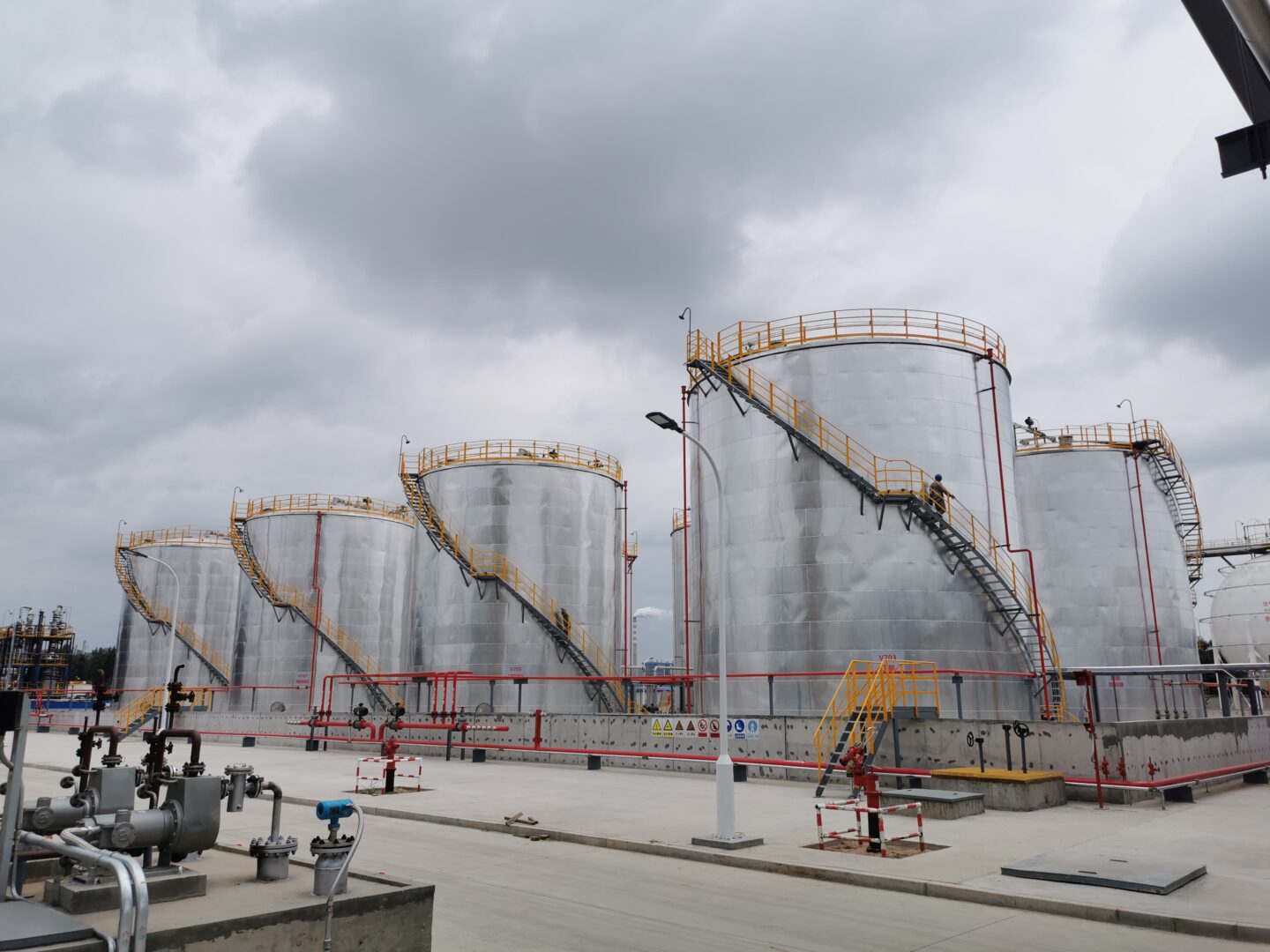Menu
Production method and main application of propionaldehyde
There are various preparation methods for propionaldehyde, and it was not industrially produced until the early 1950s. In 1975, the United Carbide Company of the United States was built using rhodium-phosphine as a catalyst; After the large-scale installation of t, the low-pressure oxo method has gradually become the main method and development direction of propionaldehyde production. In 1981, among the total production capacity of propionaldehyde in the United States, Japan and Western Europe of 230,000 t, more than 95% were produced by low-pressure oxo synthesis.

production method
1. Oxygenation method
By ethylene and carbon monoxide; hydrogen through a one-step reaction. It was initially carried out at high pressure (14.7-19.6 MPa) with cobalt carbonyl as a catalyst. In recent years, a synthesis method using a rhodium phosphine complex as a catalyst has been developed. The reaction temperature is 100°C and the pressure is 1.27-1.47MPa. This method produces no isomers and is easy to separate.
2. Propylene oxide isomerization method
1,2-propylene oxide is obtained by gas phase isomerization in the presence of chromium vanadium catalyst.
In addition, there are propanol oxidation and acrolein hydrogenation. Propylene is directly oxidized with palladium chloride as a catalyst to produce 0.5-1.5% of the by-product propionaldehyde in acetone. When the reaction temperature of the palladium chloride content in the catalyst is increased, the proportion of the by-product of propionaldehyde can be increased to 50%.
3. Method of making:
In a reaction flask equipped with a fractionation device (the receiving flask is cooled with an ice-water bath) and a dropping funnel (the bottom extends into the bottom of the flask), add 34 g (0.567 mol) of propanol and several zeolite, and heat to boiling. A solution prepared by potassium dichromate 56g (0.188mol), 300mL of water and 40mL of concentrated sulfuric acid was added dropwise, and the addition was completed in about 20min. Keep the reaction system boiling, and the temperature at the top of the fractionation column does not exceed 75 °C. When all the oxidants are added, continue the reaction for 15 min, and collect fractions below 80 °C. Water was separated from the eluate, dried over anhydrous sodium sulfate, fractionated, and fractions at 47-50°C were collected to obtain 12 g of propionaldehyde with a yield of 36%.
The main purpose
1. Propionaldehyde is an important raw material for fine chemicals, mainly used for the production of n-propanol; propionic acid; trimethylolethane; propionaldehyde oxime and other intermediates.
2. Further production of alkyd resins; pesticides, herbicides and insecticides; drugs, membranin and ethiazine, are also widely used in the production of fine chemicals in coatings; plastics; food; textiles; feed; rubber auxiliaries.
3. It can be used as a chain terminator for ethylene polymerization.
4. For synthetic resins, rubber accelerators and antioxidants.
 D
D